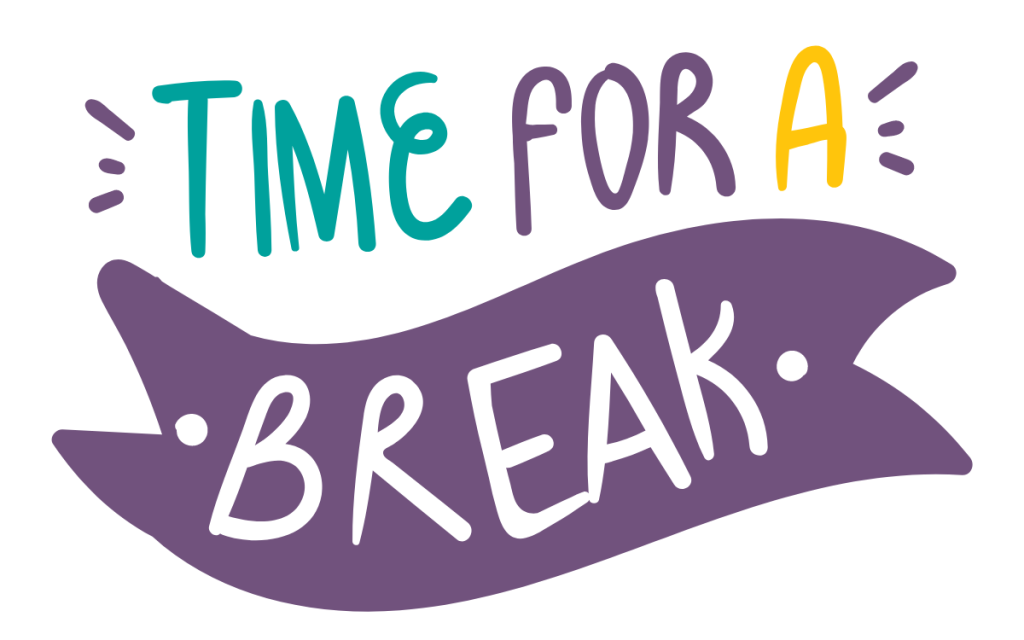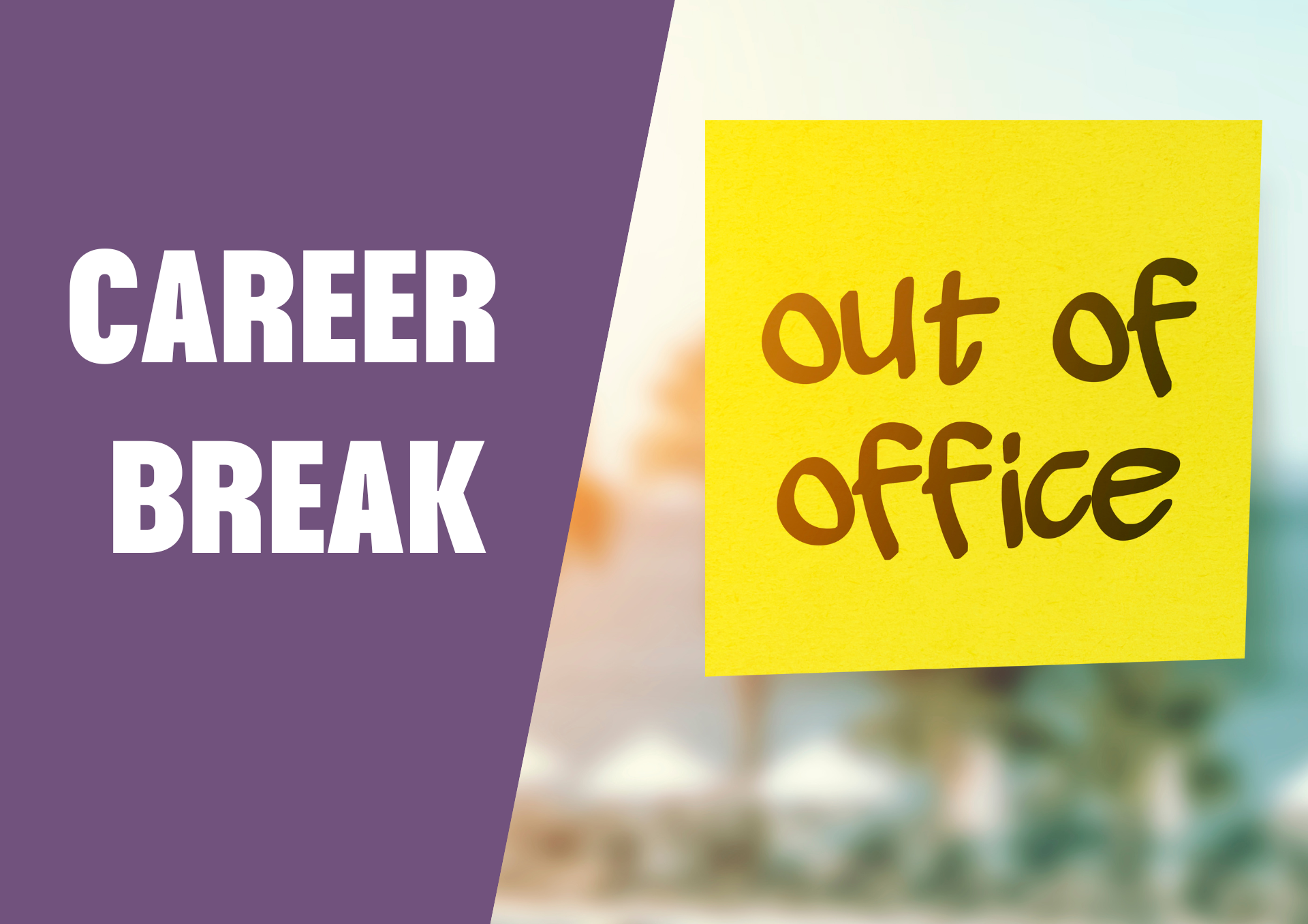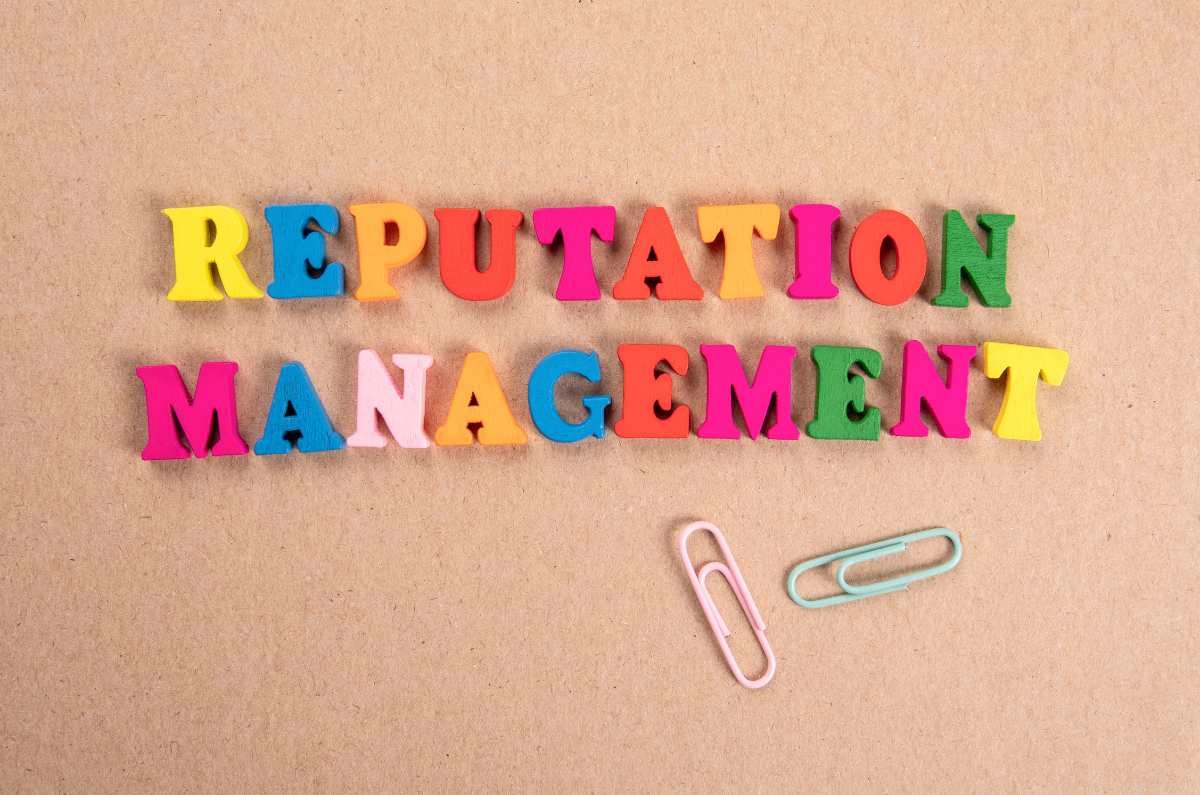By Leigh-Ann Athanasius
The decision to take a career break can be quite daunting when you think about the things that you need to consider before you can actually take that much needed break. In this article, we’re looking at a break being over 6 months of voluntarily being out of work – which in itself sounds quite scary the longer you’ve been working and the more responsibilities you have.
However, a career break is something that majority of professionals say that they would like to do; or have at least considered doing. So, what is holding people back from doing it? Is there a fear around taking a break?
The ideal place to start is to essentially conduct an internal assessment:
- Why do you want to take this break and why now?
- What are the risks of taking a step back?
- How can you mitigate those risks?
- What is the plan post break? This does not need to be a definite plan, but it gives you a starting point when you decide to re-join the workforce.
Let’s break these down to see how we can reduce the fear of taking a break in your career.
The ‘Why’
Common reasons for a career break are but not limited to:

- Burn out
- Looking to change careers
- Starting a family
- Caring for a loved one
- Health issues etc.
Taking a step back from your career is often met with a lot of curiosity and possibly push back from the people around you. They may wonder why you would be doing this, especially if you are doing particularly well in your career. In order to get the most out of this break you need to understand why you want to take the break – and try and do so with little influence from outside parties. Is this something you want to do? What is driving you towards the break?
The next part of your ‘why’ should be how long do you intend to be off. This can change but it’s good to have a general timeline before getting into it. What do you plan to do during that break especially if the break is unrelated to illness or family?
The risks to consider
It is safe to assume that the biggest risk of not being employed for a certain period of time is whether that is financially feasible for you. This applies both short and medium term. Are you able to meet your needs for the desired time if you are no longer receiving a regular income? This should help you determine when you should start planning for the break such as setting up a savings plan to make sure that you are able to support your lifestyle. It can also help you determine how long you can be out of work based on your financial needs.
Another risk that can come up is losing touch with your industry. Depending on how long you are off for and the rate at which there are developments in your industry, you may need to consider whether a longer break will be beneficial or harmful for your career trajectory.
Will you be able to easily re-join the workforce? Do you feel like the gap in your resume will affect your future employability? These are common feelings when deciding whether not to take a break.
These are definitely factors to consider but they should not discourage you from taking a break. Instead, you can plan ahead to try and reduce some of these risks.
Mitigating some of the risks
The first step for non-emergency related breaks is to start saving for it. The financial risk is the biggest one but is also one that can generally be planned for if you give yourself enough lead time to do so. If you are not doing so already, track your expenses and determine the absolute minimum amount you would need to sustain yourself over the entire break. And then use that as the base for your savings plan. You could also look for alternative income streams, if that is possible, to substitute for the lost income from employment.
Look into whether your organisations offer sabbaticals. If they do, that is definitely something that you can take advantage of to go on the break. If not, can you negotiate something like a sabbatical with your employer rather than completely resigning? Doing this can reduce the pressure of figuring out what comes next after the break. This is especially helpful if you are stepping away for a health issue or to care for a family member where you may not have had as much lead time to plan for the break. However, this does mean that you may need to have more set timelines for when you intend to return to work; but it is an avenue worth exploring with your employer.
In terms of remaining in touch with your industry, there a couple of things you can do. One way is to be continuously learning even while on the break. This can be through taking classes or short courses that keep you up to date with any emerging trends or technologies in your industry. It also means that you keep your skills relevant for when you are ready to re-join the workforce. You could also freelance or volunteer to keep yourself busy – however, given you are looking to take a break, it is best to do this with caution to avoid missing the point of your break in the first place. This is especially true if the ‘why’ for your break is burn out.
Another way is to maintain connections and communication with your networks. This will not only keep you clued in on the happenings in the industry but also can be your way back into the workforce when you are ready to take that step.
Post-break plan
What happens after your break? This may not be the part that you want to think about yet, but it is just as important as the planning that happens before you go on the break.
If you have a sabbatical arrangement with your employer, then you already have a plan to re-join the same organisation. This is why it is helpful to know whether this is an option available to you. There is more security in knowing that your job is still available after the break. However, it is also good to note that your role may be different when you return to work, so understanding the terms of your sabbatical is important. A sabbatical is the best-case scenario.
If you do not have an arrangement to return to the same employer, you should start looking to re-join the workforce at least 3 months before the time you actually want to go back. The job-hunting process could take longer than you anticipated, and you want to be prepared for that. Starting the search earlier gives you a buffer and peace of mind if things are not going entirely according to schedule.
If you are taking the break later in your career, meaning that you are senior level management and above, you will need to be prepared for the possibility that your search may take longer. Senior positions may be harder to come by. You will likely need to use your networks to keep feelers out for opportunities in your industry.
It may also be helpful to contact head-hunters to try and get your resume out there as they may be privy to roles that you otherwise wouldn’t know about. Is a ‘step down’ something you are willing to take should you not find senior level positions? This is where having that time buffer can come in handy as you go through the search.
As you get back into the job-hunting scene, be prepared to explain the break to potential employers. You don’t necessarily need to go into too much detail depending on why you chose to take the time off. However, the gap is something that interviewers would be interested in understanding. You can even spin the break in your favour and talk about how that break has been beneficial and has led you to be an even better worker. Check out this video on explaining gaps in your resume and how to make it an asset.
Making the decision to go on a break is not one that is usually done lightly but it also shouldn’t be avoided simply out of fear. With the right assessment and plan in place, taking a career break could be the most beneficial thing that you could do for yourself. Definitely be realistic with your position as you leave your job by going through the risks and implementing action steps to mitigate them.
All the best and enjoy your career break!



